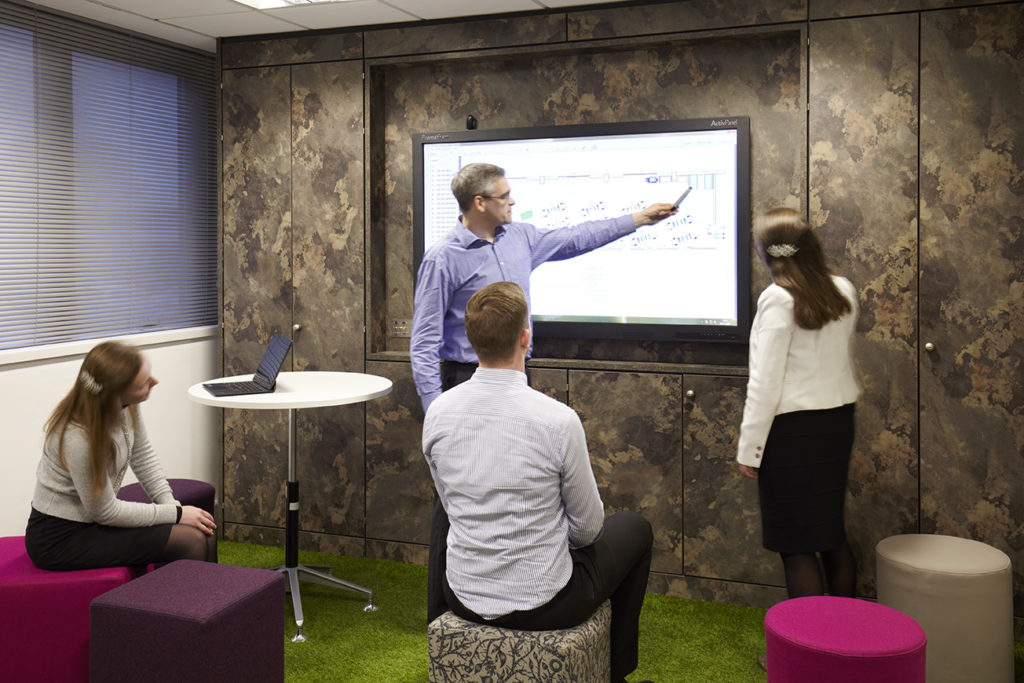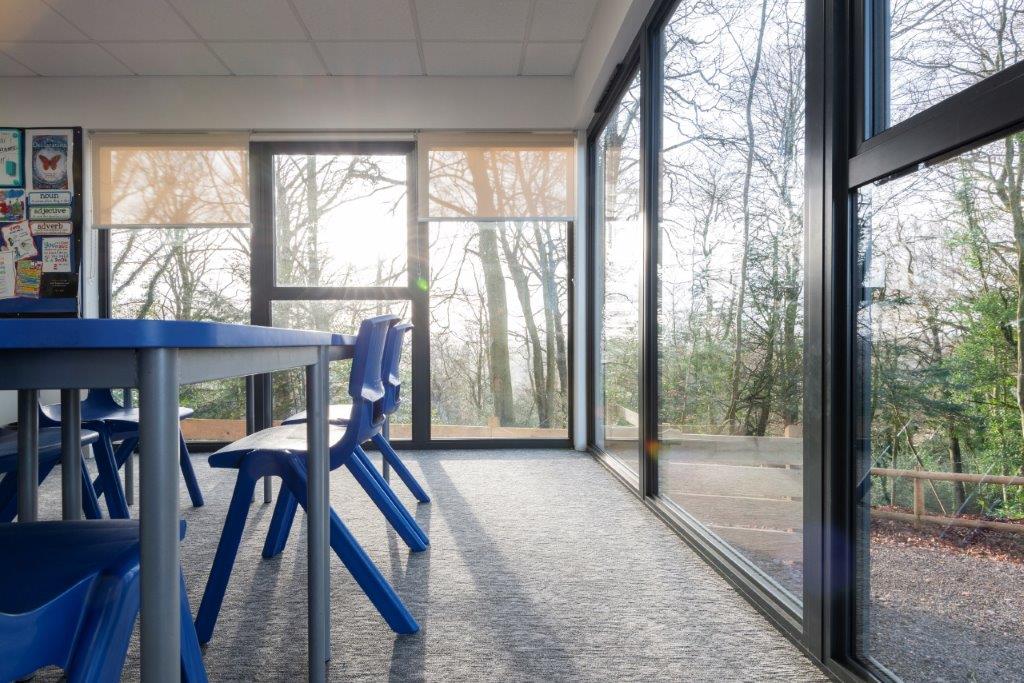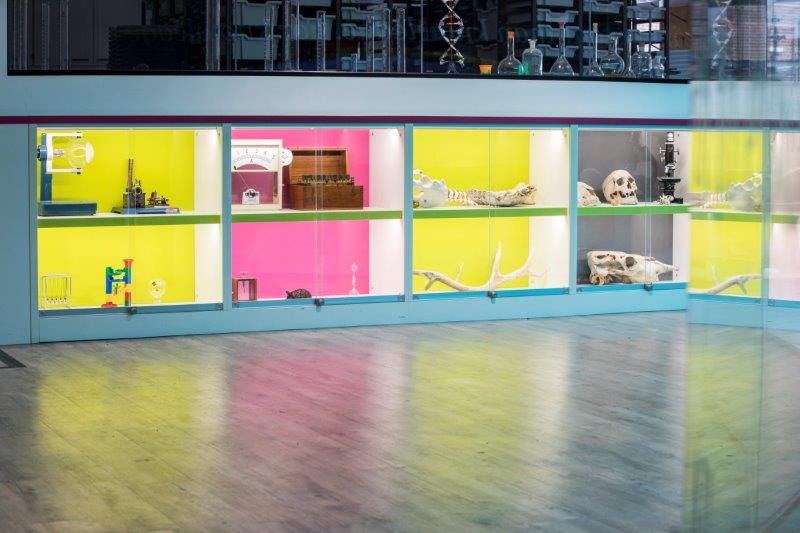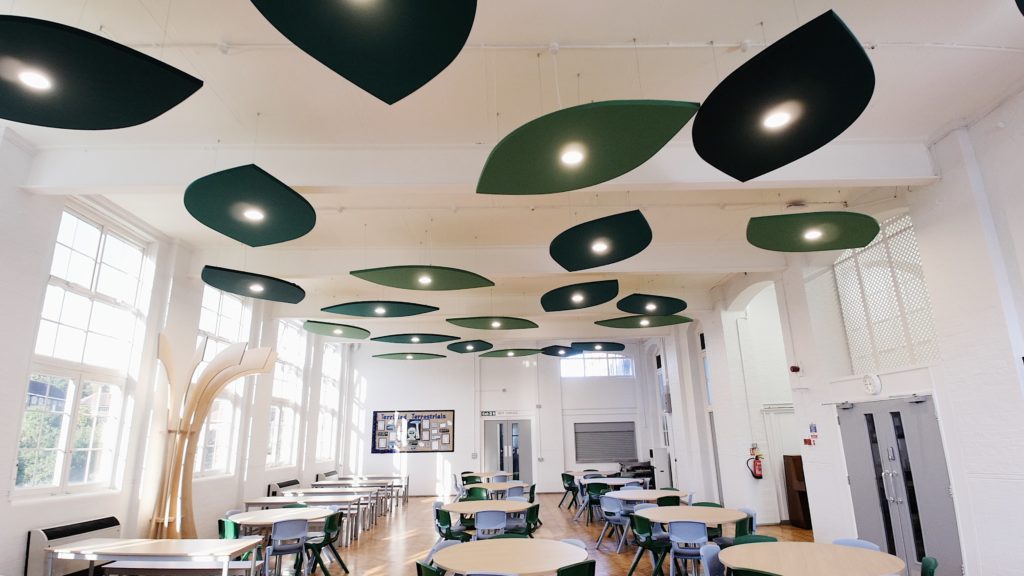Sustainable practice covers three main areas – People, Planet and Prosperity.
Read on to see how we can help your learning environment achieve maximum impact for a positive future for your students.
Sustain Your People

In education, sustainable teaching gives students a range of skills aimed life-long learning away from the classroom.
As well as teaching how to live sustainably, other progressive skills that help with self sufficiency are taught, such as collaboration, research and presentation to improve critical thinking at all ages.
These ‘soft skills’ aid communication in all year groups and act as the basis of a positive educational culture. Your school, staff and students can work towards building a better and more sustainable future.
Sustain Your Planet

As well as learning about the environment, students should have access to many different types of Eco Education. These could include awareness of energy efficiency, the importance of recycling and repurposing, setting up projects based around a school garden or Eco Club, the benefits of secondhand uniform or using a trusted Eco supplier for products – make sure your school uses the most sustainable materials.
By offering clubs and activities based on learning about the environment, students will have increased skills, better environment related behaviour, reduced absenteeism; schools also have a superior ability to attract and retain staff.
Sustain Prosperity with Envoplan

Many schools need to update their classrooms, IT systems, libraries, science laboratories and more with up to date and finer sustainable materials.
Here at Envoplan, we build partnerships with suppliers who share our environmental values. We exceed regulatory and legislative environmental requirements and hold ISO9001, ISO14001, FISP and FSC accreditation. We aim to set new standards for the design and fit-out industry. Our furniture is built to last and guaranteed for five years and our buildings are designed and built to achieve high performance in key areas of human and environmental health. We focus on sustainable site development, water saving, energy efficiency, material selection and indoor environmental quality.
We promise that we:
- Take responsibility for our actions, as individuals and as a business. We consider the environmental impact of every business decision.
- Promote awareness of environmental and ethical issues throughout our company, at every level and in every functional area.
- Look at the big picture by calculating the whole-life cost and future impact of every project.
- Use eco-friendly manufacturing processes and ethically sourced and/or recycled materials wherever possible.
- Minimise waste and dispose of surplus materials responsibly.
We believe that helping our staff understand the principles and practice of sustainability means we can help our customers understand their options better.
With 90% of students reporting increased skills from learning about sustainability, why don’t you see what impact Envoplan could have on your school’s success?



